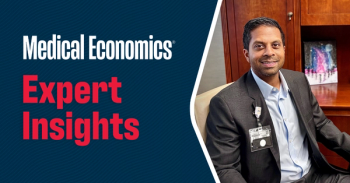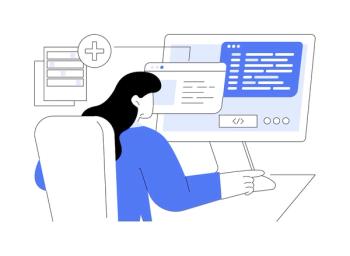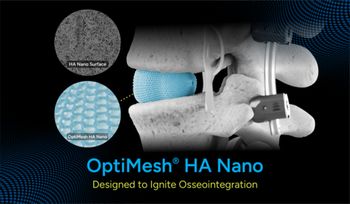
Patient collection best practices to boost your bottom line
It’s important to understand current challenges that physician practices are facing with patient collections.
Healthcare practices have experienced challenges since the onset of COVID-19. And in 2023, many
First, it is important to understand current challenges facing patient collections.
High-deductible health plans: Medical practices historically relied heavily on payments from insurance companies, with patients often only responsible for a small portion of their bill from employer-sponsored healthcare plans. But the cost of care continues to rise, and many employers now offload the expense rather than absorb it, leading patients to adopt high-deductible healthcare plans (HDHPs) for lower monthly premiums. In fact, 52.9% of American private-sector workers were enrolled in HDHPs in 2020, up from 39.4% in 2015, according to a
Antiquated processing: Many practices still use outdated methods, such as mailed statements, to collect patient payments. Yet most consumers are accustomed to doing everything from their mobile devices, including making payments with the tap of a button. To this point, many online stores retain billing information or embrace Apple Pay or Google Pay to simplify the checkout process. If healthcare practices don’t adopt these improved practices, they risk losing prospective or existing patients. Case in point:
Confusing payment processes: Patients often struggle to interpret medical bills and understand what portion they owe. Furthermore, they often have to jump through hoops, such as sending in a check or placing a phone call, to make a payment. It is no wonder these payments are often outstanding for months on end and require multiple follow ups.
To set your practice apart, consider your patient payment experience. This is often one of the highest touch points a patient has with your practice. Making it seamless can not only improve the patient experience, but also help your practice collect payments more quickly. It’s a win-win.
Here are three best practices to consider today:
Communicate up front
A recent study by the US Bank revealed that
Collect at time of service
Make it easy for patients to pay
Beyond time-of-service payments, patients are often still responsible for a significant portion of the cost of care. Evaluate how your practice delivers the billing statement to patients. Statements should be easy to read and balances should be easy to understand. Patients should be able to clearly see what they owe and how to pay it. Modern patient payment solutions can produce statements that include a QR code, allowing patients to scan and access a secure portal to make payment. Some have features that allow patient payment information to be sent via text message, email or traditional mail, based on a patient’s preference. The result benefits everyone: 44% of patients pay medical bills faster
Improving your patient payment process in 2023 is important to maintain a positive relationship with your patients and with your practice’s bottom line. Leveraging modern patient payment solutions can help your staff respond to the most common challenges and easily navigate an ever-changing landscape.
Anthony Comfort is vice president of product, revenue cycle at
Newsletter
Stay informed and empowered with Medical Economics enewsletter, delivering expert insights, financial strategies, practice management tips and technology trends — tailored for today’s physicians.








